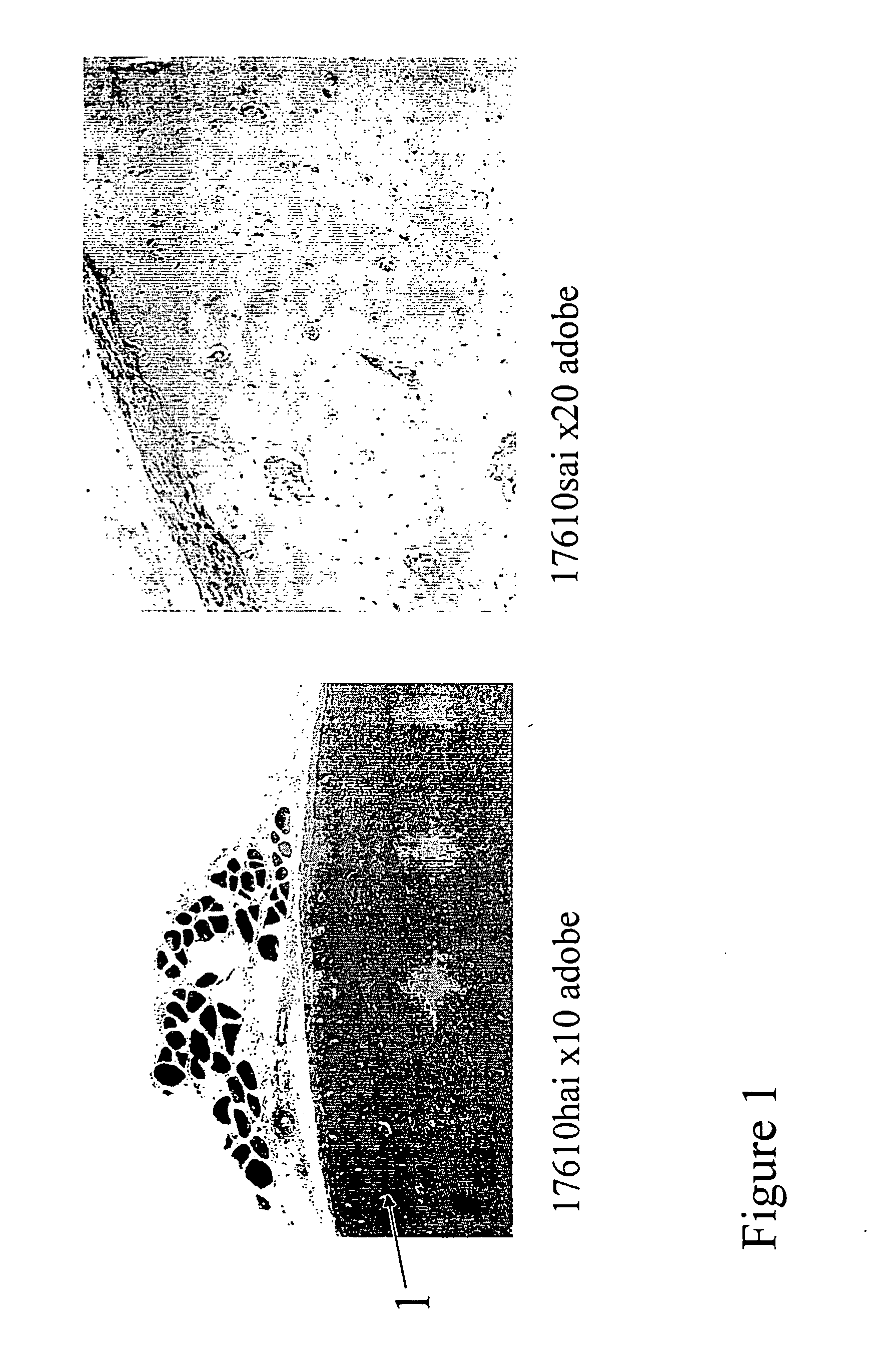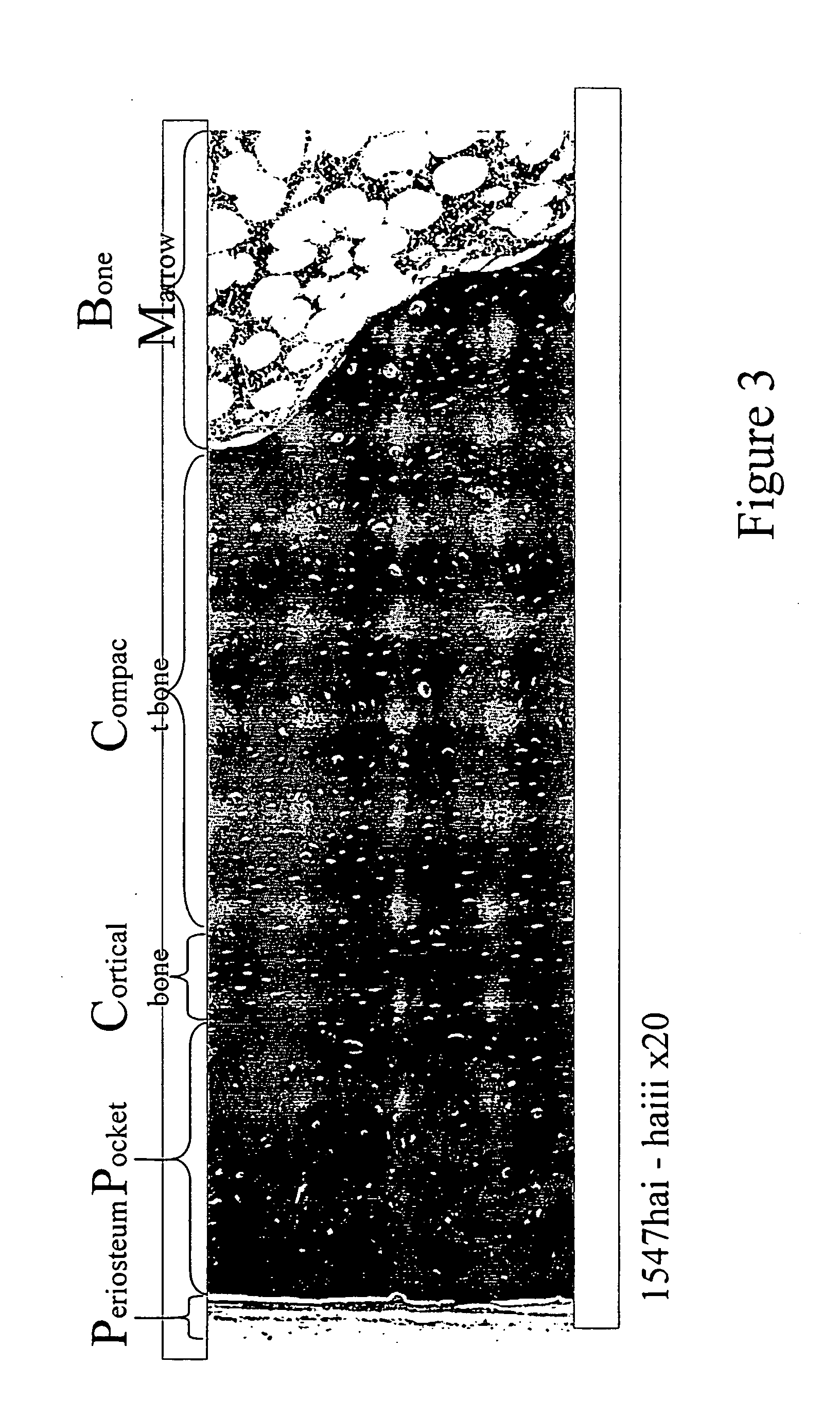In vivo bioreactors
a bioreactor and in vivo technology, applied in the field of in vivo bioreactors, can solve problems such as commercialization problems of transplants, and achieve the effect of dimensional stability
- Summary
- Abstract
- Description
- Claims
- Application Information
AI Technical Summary
Benefits of technology
Problems solved by technology
Method used
Image
Examples
Embodiment Construction
I. Overview
The present invention relates to an in vivo method for promoting the growth of autologous tissue and its use to form corrective structures, including tissue that can be explanted to other locations in the animal. In particular, the invention relates to methods ands systems for (a) the site-specific regeneration of tissue, and (b) the synthesis of neo-tissue for transplantation. This method of the present invention, termed “in vivo bioreactors”, utilizes the patient's own body as the cell source, the scaffold and the drug delivery vehicle. In certain embodiments, the subject approach includes the steps of: a. creating of a pocket or sac or pouch adjacent to a viable area in the tissue type of interest, e.g., a pocket around the periosteum in the case of bone or an artificial space in a mesenchymal portion of a soft tissue; b. (optionally) contacting the pocket with an agent, such as an enzyme, that digests extracellular matrix in the surrounding tissue to release cells ...
PUM
| Property | Measurement | Unit |
|---|---|---|
| thick | aaaaa | aaaaa |
| concentration | aaaaa | aaaaa |
| depth | aaaaa | aaaaa |
Abstract
Description
Claims
Application Information
 Login to View More
Login to View More - R&D
- Intellectual Property
- Life Sciences
- Materials
- Tech Scout
- Unparalleled Data Quality
- Higher Quality Content
- 60% Fewer Hallucinations
Browse by: Latest US Patents, China's latest patents, Technical Efficacy Thesaurus, Application Domain, Technology Topic, Popular Technical Reports.
© 2025 PatSnap. All rights reserved.Legal|Privacy policy|Modern Slavery Act Transparency Statement|Sitemap|About US| Contact US: help@patsnap.com



